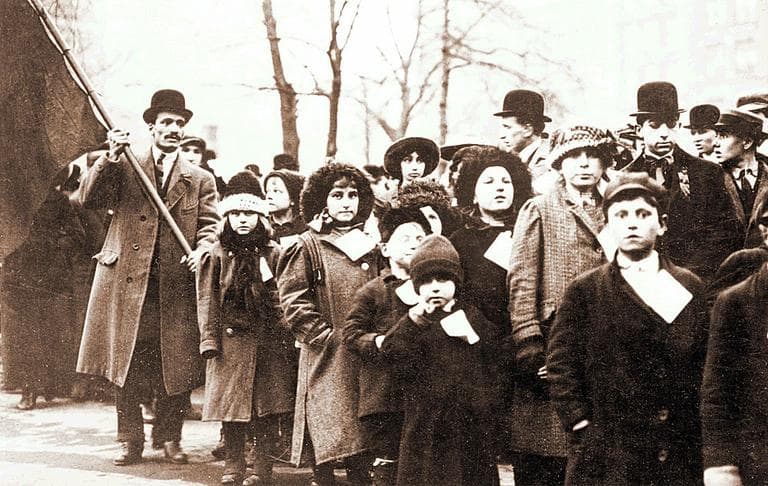Advertisement
100 Years Later, Bread And Roses Strike Still Echoes
Resume
In 1912, Lawrence, Mass. was one of the textile capitals of the world. Half of all the city's residents over the age of 14 worked in the mills.
The giant Wood Mill was the largest cloth producing factory on the planet. It alone employed 40,000 workers. The workers came from more than 30 countries, spoke more than 45 different languages, and they worked in hot, dangerous, deplorable conditions. Then, on January 12, 1912, some 25,000 workers walked off the job.
"The Bread and Roses Strike" drew on for two months. It also drew the nation's attention to the working conditions in the mills and to the concentration of wealth and power in the United States in 1912. So on Thursday's show, we'll look back at the historic Lawrence strike, and how and IF it echoes today, in a time where the Occupy movement is again calling attention to income inequality.
Guests:
- Ardis Cameron, professor of American and New England studies, University of Southern Maine; author of "Radicals of the Worst Sort: The Laboring Women of Lawrence, Massachusetts."
- Robert Forrant, professor of history at the University of Massachusetts at Lowell; chair of the Bread and Roses Centennial Committee
More:
This program aired on January 12, 2012.